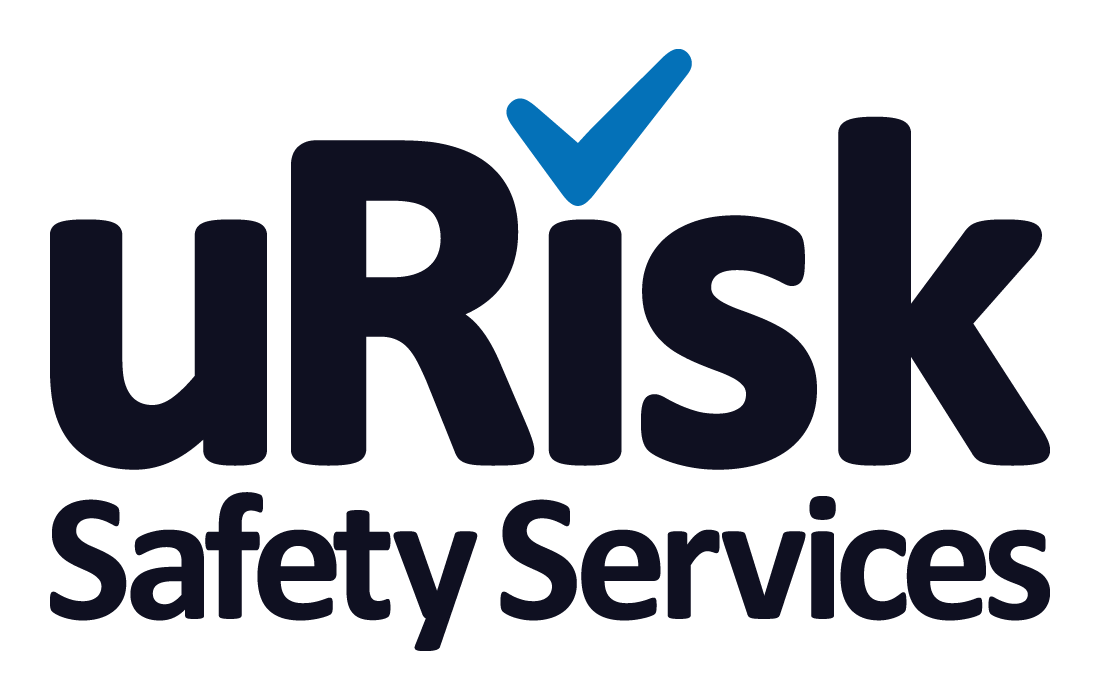Although the legionella bacteria is found in natural environments such as ponds, rivers and lakes, it becomes a potential health hazard when it is present in a building’s water system. If these water systems are poorly maintained, it could allow legionella to grow; if users inhale droplets of water (aerosols) contaminated with legionella, it can lead to the potentially fatal Legionnaires’ disease, a type of pneumonia.
Any person in charge of a building’s water systems – whether that is in the role of employer, business owner, landlord, health and safety officer, facilities manager or operations manager – has a legal duty to protect that system’s users from the risks of exposure to legionella. This includes carrying out a comprehensive legionella risk assessment, identifying and assessing sources of risk, implementing appropriate measures to minimise those risks, taking water samples and keeping accurate records.
If the right conditions are present, legionella can develop in any water system. So it is important to be aware of the range of conditions that influence legionella’s ability to survive – and a key one is temperature.
How temperature affects legionella
Legionella thrives in a temperature range of 20°C to 45°C. If the water temperature is below 20°C, legionella becomes inactive and stops multiplying, and is therefore unlikely to cause harm. But it is only in a dormant state – if the water temperature rises above 20°C, legionella will reactivate, so even if your water is stored at low temperatures but passes through pipes in a warm area, it can still pose a risk.
So what temperature is legionella killed at? Only temperatures of 50°C or above will begin to kill off legionella. The bacteria will begin to die off when hot water reaches a temperature of 50°C, and the speed at which legionella dies increases in tandem with increases in water temperature. If water is maintained at 50°C for two hours, 90% of the bacteria will be killed off. If water reaches 60°C, the same percentage of bacteria will be killed off in two minutes. If the water reaches 70°C, all the legionella bacteria will die instantly.
It is crucial to ensure water is stored, maintained and distributed at temperatures that do not encourage the growth and spread of the bacteria, yet is also safe for human use when it reaches the outlets. The Health and Safety Executive (HSE) advises: “Cold water systems should be maintained, where possible, at a temperature below 20°C. Hot water should be stored at least at 60°C and distributed so that it reaches a temperature of 50°C (55°C in healthcare premises) within one minute at the outlets.”
Risks of hot water
While you will want to maintain your hot water at a high-enough temperature to kill off the bacteria, you must also assess the risk of scalding. The water temperature required to kill off legionella is also hazardous to humans, which is why it is important to ensure water is delivered to users at a safe temperature. Where a risk assessment deems the scalding risk as significant – such as in healthcare settings – this is achieved by installing thermostatic mixing valves (TMVs).
Legionella testing
Temperature control is just one of a combination of measures that should be used to minimise the risk of legionella. At uRisk, we provide legionella management services to ensure companies are fully HSE compliant, including risk assessment, legionella testing, water tank cleaning, water monitoring, chlorination services and remedial works.
Regular water testing is the most effective way to test for the presence of legionella bacteria in your water system. We offer a range of options for legionella testing – our qualified engineers can visit your premises, you can order our DIY Legionella Testing Kit, or you can sign-up to our subscription testing kit service.
